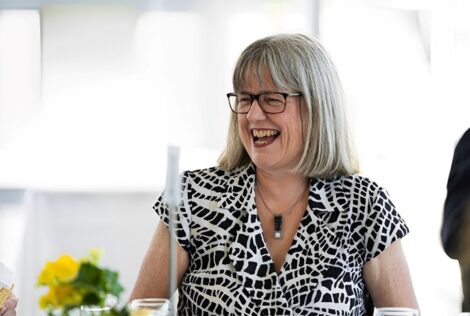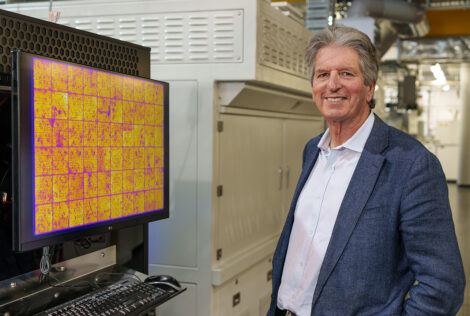
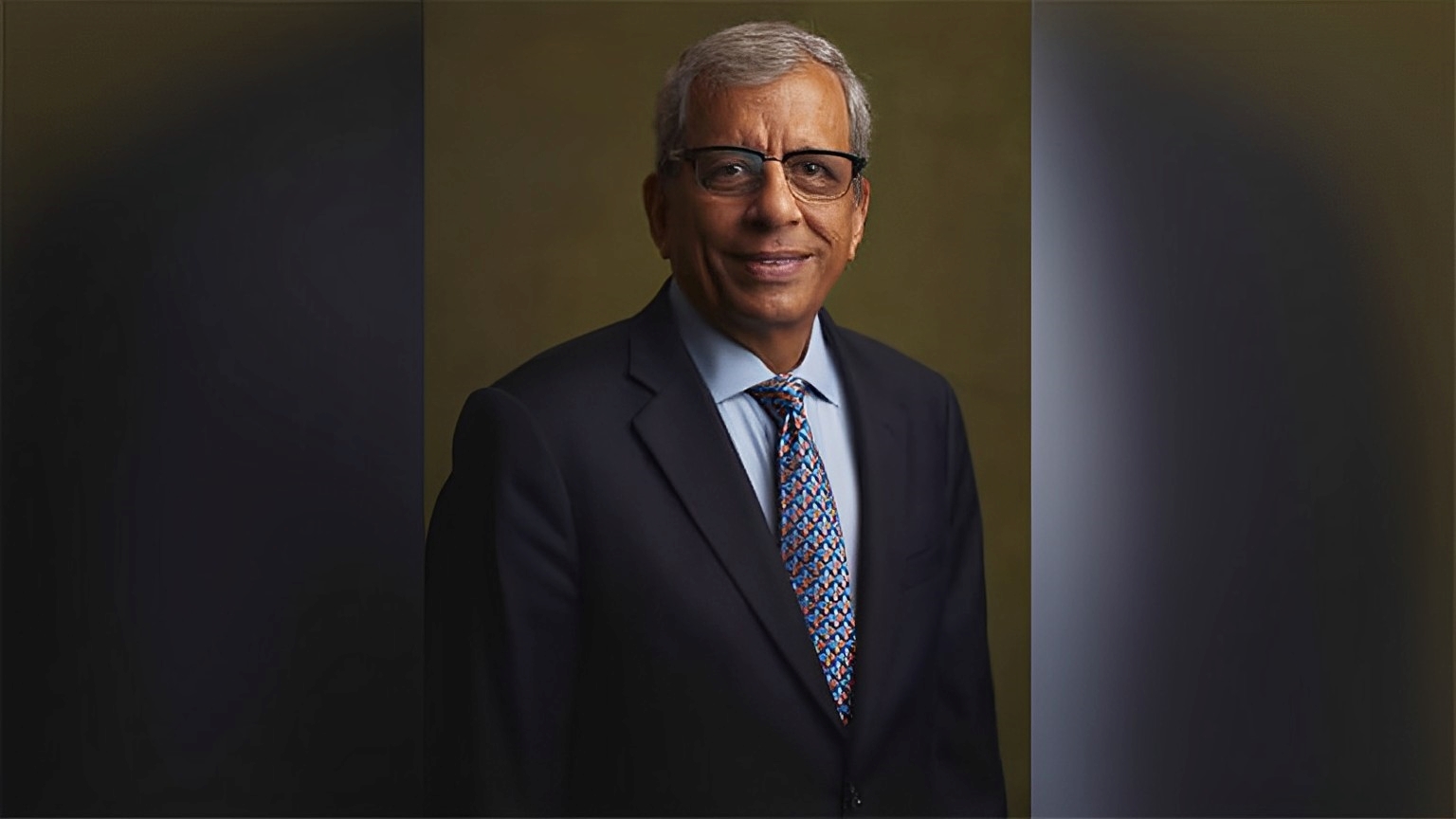
Waguih Ishak, McMaster Engineering alumnus (MSc ’75 and PhD ’78 electrical engineering) and member of the Dean’s Advisory Board, will be inducted into the prestigious U.S. National Academy of Engineering (NAE.)
Waguih Ishak will join the U.S. National Academy of Engineering as part of the Class of 2022 in recognition of his contributions to the design and manufacturing of vertical cavity surface emitting lasers (VCSELs) and leadership in establishing their applications.
Ishak is the division vice president and chief technologist for Corning Research and Development Corporation. He is a distinguished alumnus of McMaster Engineering — having obtained his MSc and PhD, both in electrical engineering, in 1975 and 1978, respectively — as well as a member of the Dean’s Advisory Board, where he provides valued input to Acting Dean Heather Sheardown.
Ishak will be formally inducted into the academy in October 2022, joining a membership that includes 2,388 professionals, of which 310 are international.
Selection to the academy is among the highest professional engineering distinctions.
It honours those who have made outstanding contributions to “engineering research, practice, or education, including, where appropriate, significant contributions to the engineering literature” and to “the pioneering of new and developing fields of technology, making major advancements in traditional fields of engineering, or developing/implementing innovative approaches to engineering education.”
“It is very gratifying to see the National Academy of Engineering acknowledging the outstanding work my team did to develop a key photonic component — the VCSEL — and to use it for many applications such as the Laser Mouse, The Parallel Optical Interconnect Modules and the Gigabit Ethernet Modules: three key applications with billions sold,” Ishak said.
Ishak expressed his gratitude to the research teams he managed at the four companies he worked at (Hewlett-Packard Labs, Agilent Technologies, Avago Technologies and Corning Research and Development Corporation).
The collective efforts of my research teams resulted in the development of the world’s fastest parallel optical interconnect subsystems at 30 Gb/s and 120 Gb/s.
In order to do the novel research projects for VCSEL-based systems and to transfer these designs to engineering and manufacturing, Ishak constantly travelled to connect with universities and research labs around the world.
“If it wasn’t for my family’s support, I wouldn’t have succeeded,” he said. “I’m in debt to my wife Dr. Ragaa Ishak, who unequivocally supported my long work/travel schedule and encouraged me to push the envelope, and to my sons Dr. Edward Ishak and Dr. Andrew Ishak — and their amazing families — who understood why sometimes I couldn’t attend a baseball game or a soccer championship.”
When he thinks back to the years between 1990 and 2005 – the time frame of tireless work on VCSELs and its applications – he remembers the influence of McMaster University.
“I always go back to the 1973-1978 timeframe when McMaster Engineering gave me the needed tools and prepared me to do state-of-the-art research work. They taught me the fundamentals,” he said.
“Thank you, McMaster Engineering. Thank you to my thesis advisor professor Della Torre (what an amazing man he was). Thank you, my colleagues Edmonson, Bruin, Suthers and Reilly. This is why I continue to be connected with Mac; especially in the last decade with the monumental effort of Former Dean Ishwar Puri that resulted in a quantum step up for McMaster Engineering.”
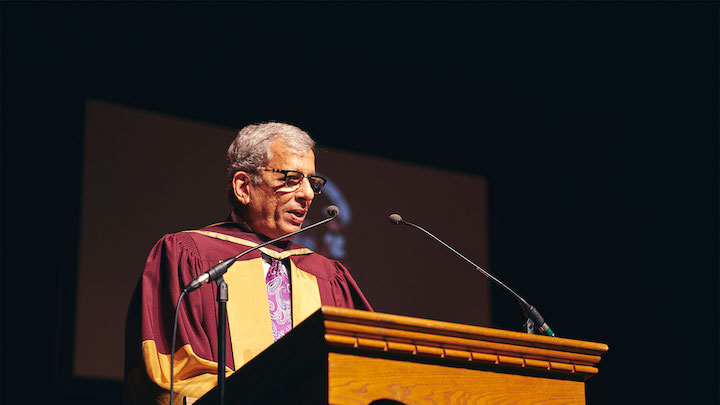
He extended thanks for further academic engagement with the University of California at Santa Barbara, noting the “exemplary and very fruitful” interaction with professors John Bowers and Larry Coldren. He also recalled interactions with professor David Miller, Alan Willner and Ken Iga (the inventor of VCSEL.)
He thanked managers and colleagues at Corning’s Science and Technology for their deep appreciation of his work and encouragement to keep pushing R&D to the limit. He added thanks to David Morse, Corning’s CTO, who exemplifies good research practices from taking risks to creating genuine work environment, to mentoring and fostering innovations.
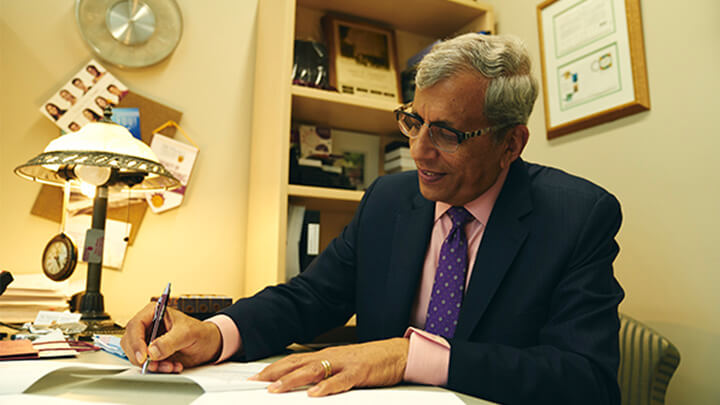
Ishak has authored more than 100 journal and conference papers, and four chapters in the “Handbook of Electronic Instruments.” He has been named an inventor on seven U.S. patents.
The National Academy of Engineering honour follows Ishak’s induction into the Canadian Academy of Engineering two years ago. He is also a Life Fellow of The Institute of Electrical and Electronics Engineers and received the University of California Exemplary Service Award in 2015.
In 2018, the Faculty of Engineering had the pleasure of awarding Ishak an honorary Doctor of Science degree. Learn more about the international leader and his love for technology research and development, and read his inspiring convocation address here.


